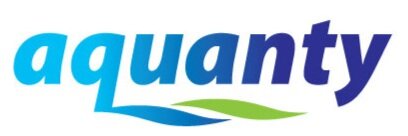HGS RESEARCH HIGHLIGHT - Natural stimuli calibration with fining direction regularization in an integrated hydrologic model
AUTHORS: BERG, STEVEN J., NANCY R. GROSSO, MICHAEL P. SHERRIER, KEVIN MUDRICK, MATTHIAS OHR, HYOUN‐TAE HWANG, YOUNG‐JIN PARK, MICHAEL V. CALLAGHAN, STEVEN K. FREY, AND EDWARD A. SUDICKY
The interaction between surface water and groundwater during flood events is a complex process that has traditionally been described using simplified analytical solutions, or abstracted numerical models. To make the problem tractable, it is common to idealize the flood event, simplify river channel geometry, and ignore bank soil heterogeneity, often resulting in a model that only loosely represents the site, thus limiting its applicability to any specific river cross-section. In this study, we calibrate a site-specific fully-integrated surface and subsurface HydroGeoSphere model using flood events for a cross-section along the South River near Waynesboro, VA. The calibration approach presented in this study demonstrates the incorporation of fining direction regularization with a highly parameterized inversion driven by natural stimuli, to develop several realistic realizations of hydraulic conductivity fields that reflect the depositional history of the system. Specifically, we calibrate a model with 365 unique material zones to multiple flood events recorded in a dense well network while incorporating possible fining sequences consistent with the depositional history of the riverbank. Over 25,000 individual simulations were completed using calibration software and a cloud platform specifically designed for highly parallelized computing environments. The results of this study demonstrate the use of fining direction regularization during model calibration to generate multiple calibrated model realizations that account for the depositional environment of the system.
Figure 5. a) Finite element mesh including boundary conditions and material zonation based on the hydrostratigraphic interpretation of the site; b) 365 material zones for calibration of hydraulic conductivity (colouration indicates zone location and not material properties); and c) quadrants to which different fining preferences (shown by arrow directions) for model calibration were assigned.

